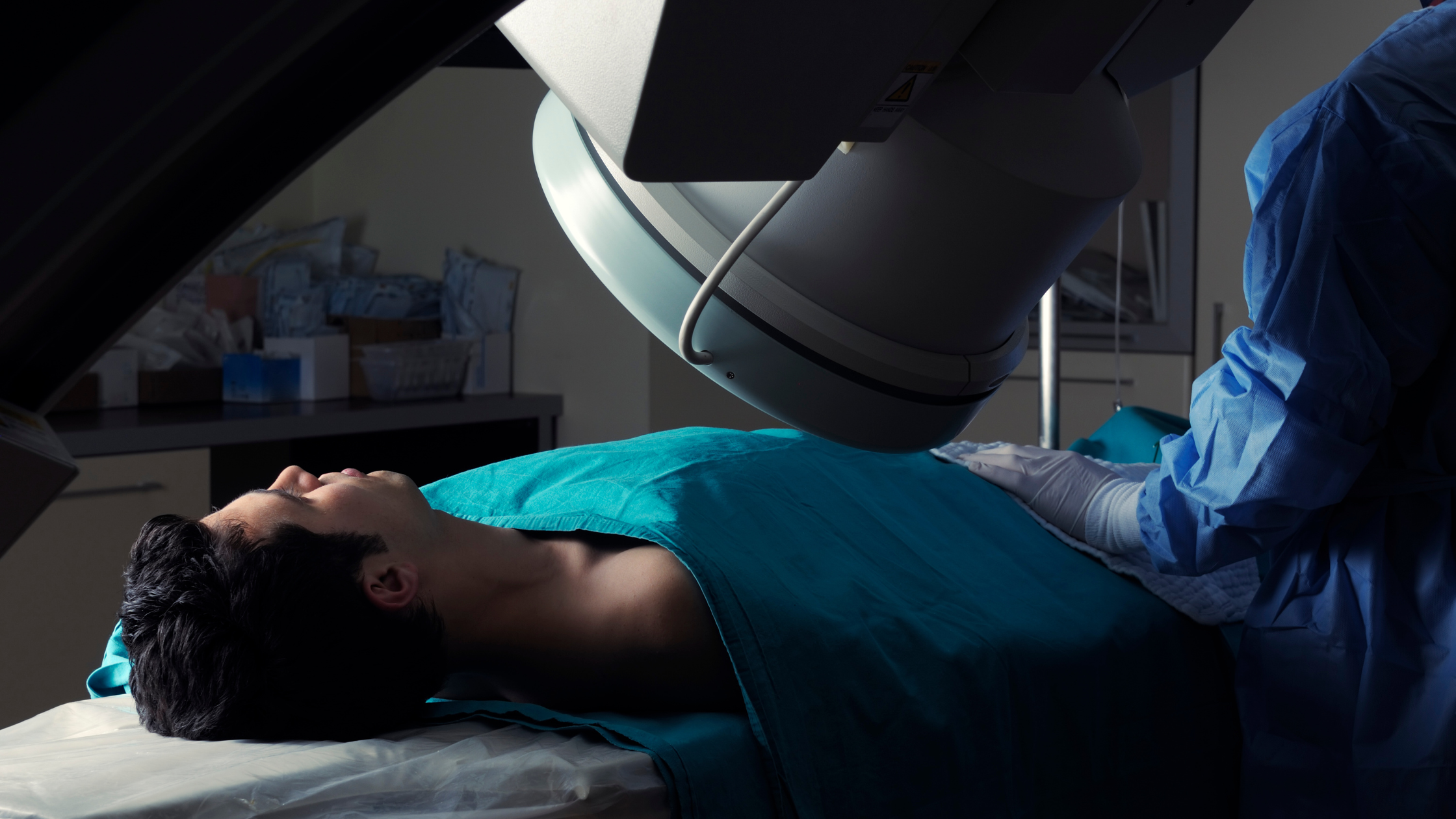
16 Nov A Basic Guide of Coronary Angiography
Coronary angiography is the specialized test to examine the state and functioning of the arteries in the heart. The coronary arteries are blood vessels that carry oxygenated blood from the heart to the various parts of the body. When a patient suffers from chest pain, also known as angina, it becomes necessary to get an angiography done. Angiographies are done to study the biology of blood vessels like the arteries and the veins. In other words, it is the inspection of the condition inside the ‘tubular structures’ in the body.
The process involves the use of a fluorescent dye and x-ray examination. Basically x-rays of the chest are taken. But soft tissues, the ‘inside’ area of arteries, etc., are not clear in a regular x-ray and hence the contrast agent, i.e. the radio opaque material, is inserted in the blood stream. This is done with the help of a device called the catheter which is a thin, narrow, tube-like structure. Now, the images are studied to understand corrective measures needed to re-instill proper functioning of the heart.
The process is minimally invasive, which means that there will be no major incision made on the body. The patient will be asked to lie down in the operation room. A mild sedative will be administered to him by intravenous means and the neck, arms and lower body will be made numb. Once the dye has entered the blood vessels, the x-ray machine will capture visual descriptions called fluoroscopy. The cardiologist (Heart doctor) may collect blood samples from your heart as well as assess the pressure of the blood flowing through the various parts of the body. The other important aspect is the oxygen content carried in the blood and supplied through out the human anatomy. Coronary heart diseases, congenital heart defects, probability of heart failure and other abnormalities can be comprehended through the process.
At times congenital abnormalities may occur in the artery-vein connections and cause diseases like Arteriovenous malformation. Here, the brain is affected and cerebral angiography may need to be performed. Cerebral angiography is slightly more complicated compared to other angiographies since it involves the center of the human nervous system – the brain. Risks here may include a stroke or allergic reaction to alien radio-fluid.
On the other hand, chronic stress due to natural disasters like earthquakes and tsunamis and unhealthy lifestyle habits like over exertion in work-life, aggressiveness, hostility etc may cause heart diseases; consequently leading to the need for a Coronary angiography. There are many medical products and information available easily at health centers, websites, and medical forums. It is hence important to eat healthy, exercise regularly, and maintain a personal and professional life balance.

No Comments